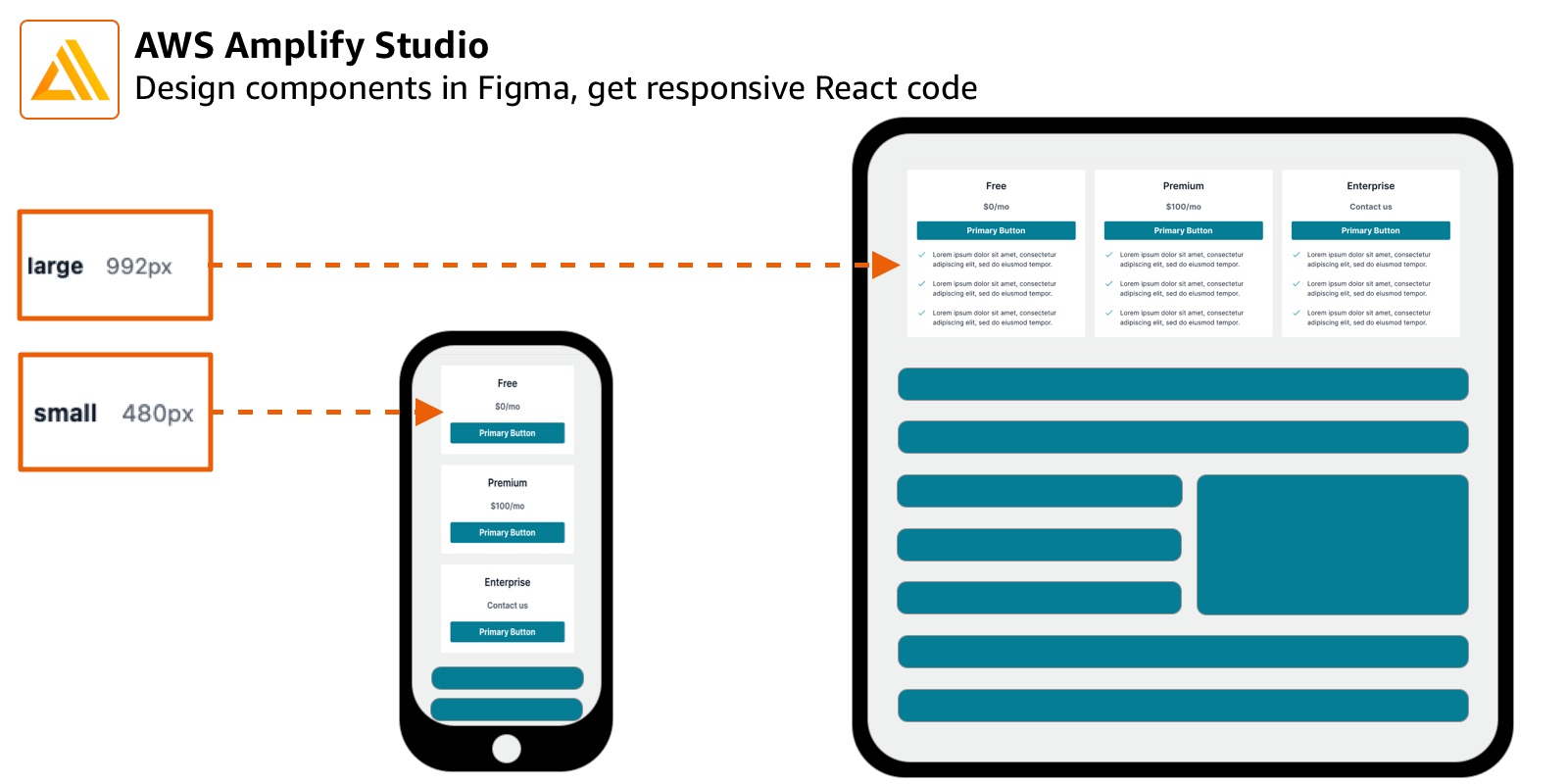Front-End Web & Mobile
Category: Front-End Web & Mobile
Secure AWS AppSync with Amazon Cognito using the AWS CDK
In a previous post, we explored how a public API Key for AWS AppSync provides a simple way of allowing access to resources, however, it does come with the following tradeoffs: Expiring after a certain amount of time. The key is passed on the x-api-key header of the request. Making it easy for bad actors […]
Secure AWS AppSync with API Keys using the AWS CDK
AWS AppSync is a managed GraphQL service offered by AWS. As a managed service, there are no servers to keep track of and scaling up and down due to traffic is automatically handled by AWS. In AppSync, there is no concept of a fully-public API. Every request must be protected by one of the following: […]
7 ways to reduce latency in your AWS AppSync API
Overview AWS AppSync is a serverless GraphQL service that makes it easy to create single endpoint GraphQL and realtime APIs. AppSync lets you combine disparate data sources and deliver the results to applications in an expected format, as specified by your API’s schema definition. As with any GraphQL service, there are mechanisms in place to […]
Using Async/Await with AWS Amplify Libraries for Swift
With the release of the AWS Amplify Libraries for Swift, one of the most anticipated features is now generally available to iOS and macOS developers, async/await. Async/await is part of structured concurrency which allows developers to write asyncronous code in an easy-to-read manner by reducing the amount of callback blocks or chained operations with reactive frameworks […]
TUTORIAL: Build a responsive pricing component with Amplify Studio Figma-to-React code
Contending with different screen sizes is something every front-end or full-stack developer has to handle, one way or another. Modern applications are not just expected to be functional across devices – users except an elegant, quality experience, from a phone screen to a 40“ ultrawide monitor. In this tutorial, you’ll learn how to leverage Figma’s […]
NEW: Build responsive Figma-to-React components with almost no code
Amplify Studio is excited to announce significant enhancements to responsive component design through Figma-to-Code! Just build your variants and customize your breakpoints – Amplify Studio does the heavy lifting by generating React components with your design decisions already built in. How it works Modern application design requires developers to design for all different screen sizes. […]
Announcing server-side filters GraphQL subscriptions with AWS Amplify
Today, AWS Amplify is launching the ability for you to filter real-time GraphQL subscription events service-side with Amplify CLI version 10.3.1. This gives developers the ability to optimize network traffic by only getting the real-time events for the data they care about. For example, for a live stream broadcasting website, developers can now filter the […]
Build real-time multi-user experiences using GraphQL on AWS Amplify
Today, AWS Amplify announces new real-time authorization capabilities enabling developers to build collaboration experiences with only a few lines of code. This features enables developers to share data between users by simply appending an “array” of data owners. Update to Amplify CLI version 10.3.1 and above and deploy your GraphQL API to enable this feature. […]
Supply Chain Automation using IoT and Location-Based Services
Keeping track of distributed assets across facilities and geographic locations is cumbersome. Businesses use various applications and approaches to maintain and manage asset lifecycles, which can get complex and tedious. This post will teach you a moderation approach using AWS IoT Core and Amazon Location Service (Amazon Location). To build the solution, you’ll utilize an […]
Introducing the AWS Amplify Library for Swift
The Amplify iOS team is announcing the release of version 2.0.0 of the Amplify Library for Swift. Please use this GitHub repo to inform the Amplify iOS team about features or issues, or visit the Amplify Discord server under the #swift-help channel. Highlights Below is a high-level breakdown of the features we are announcing with […]









